The traditional Chinese medicine treatment methods for periarthritis of shoulder mainly include oral Chinese medicine, acupuncture and moxibustion, massage, moxibustion, cupping, etc. Shoulder periarthritis belongs to the category of Bi syndrome in traditional Chinese medicine, which is often caused by invasion of wind cold dampness or stagnation of qi and blood. Intervention methods should be selected based on specific syndrome types.
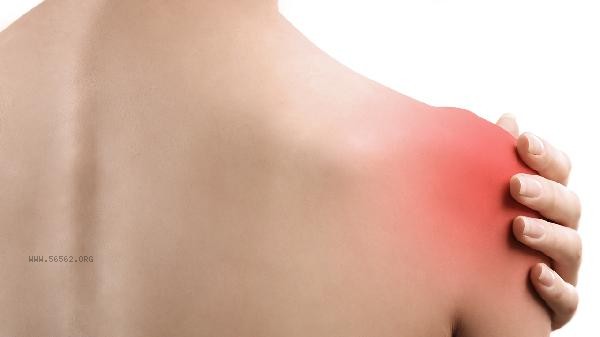
1. Oral administration of traditional Chinese medicine
For the wind cold type, Guizhi Tang can be modified to contain ingredients such as Guizhi, Paeonia lactiflora, and ginger; Recommended for Qi stagnation and blood stasis type is Shengtong Zhuyu Tang, which contains medicinal herbs such as Gentiana macrophylla, Chuanxiong, and Taoren; People with liver and kidney deficiency can choose Duhuo Jishi Tang. Traditional Chinese medicine practitioners should prescribe prescriptions based on syndrome differentiation to avoid self compatibility. During medication, avoid cold and greasy foods. Combining with hot compress can enhance the effectiveness of the medication.
2. acupuncture and moxibustion therapy
Local acupoints such as Jiandang, Jianliao, and Jianzhen are often used together with distal acupoints such as Hegu and Waiguan. Cold syndrome combined with moxibustion on the vertebrae, blood stasis syndrome combined with San Yin Jiao. Electroacupuncture stimulation can alleviate muscle spasm, and warm acupuncture and moxibustion is suitable for patients with obvious chills. The treatment needs to be carried out continuously 10-15 times, once a day in the acute phase and once every other day in the chronic phase.
3. Tuina massage
uses rolling and kneading methods to loosen shoulder muscle adhesions, and clicks on Tianzong and Bingfeng acupoints to unblock meridians. Improve joint mobility by using shoulder shaking and stretching techniques. During the acute phase, the technique should be gentle, while during the chronic phase, the intensity can be increased. Self massage can be done by massaging the affected shoulder with the healthy palm root for 5-10 minutes, combined with wall climbing training.
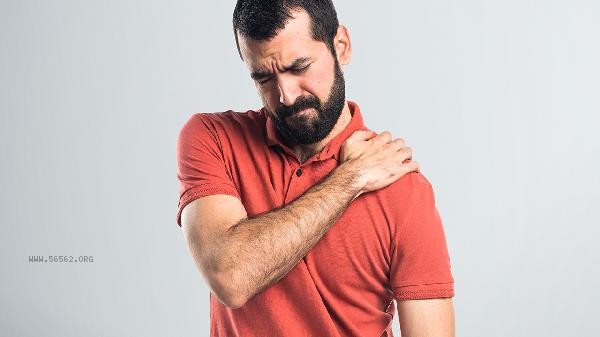
4. Moxibustion therapy
Ginger separated moxibustion at the shoulder and hip points can warm the meridians and dispel coldness, while rotary moxibustion is suitable for the entire shoulder. Thunder fire moxibustion has a significant effect on stubborn pain, but requires professional operation. At home, moxa sticks can be used for hanging moxibustion, with a distance of 3-5 centimeters from the skin. Each acupoint should be moxibustion for 10-15 minutes until the skin is flushed. Be careful to prevent burns, avoid wind and cold drinks after moxibustion.
5. Cupping therapy
The walking cupping method follows the Yangming meridian of the hand and selects the Ashi acupoint for 5-10 minutes. Puncturing and cupping are suitable for patients with severe blood stasis. Disinfect and puncture the bleeding area before cupping. Skin damage and coagulation disorders are prohibited. Avoid contact with cold water within 24 hours after treatment and drink brown sugar ginger tea to dispel coldness. During treatment, it is important to keep the shoulders warm and avoid pressing on the affected side while sleeping. Perform daily rehabilitation exercises such as pendulum movement and towel stretching, gradually increasing the amplitude. Diet should be warm and nourishing, with moderate consumption of ingredients such as lamb, ginger, longan, etc. If there is no improvement or severe pain after 2 weeks of treatment, the adjustment plan should be promptly reviewed and adjusted. Chronic patients can persist in gentle exercises such as Ba Duan Jin and Tai Chi to maintain the shoulder joint for a long time.


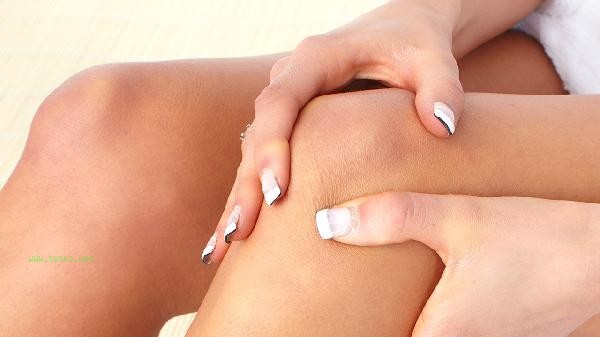
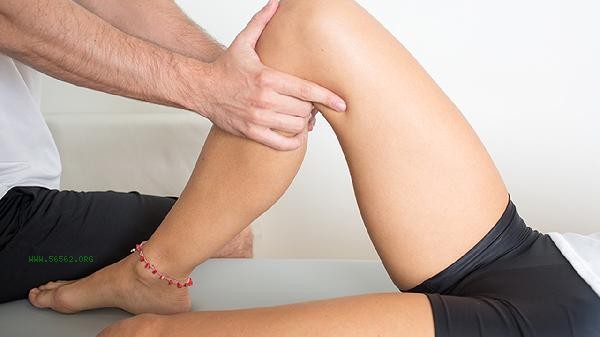
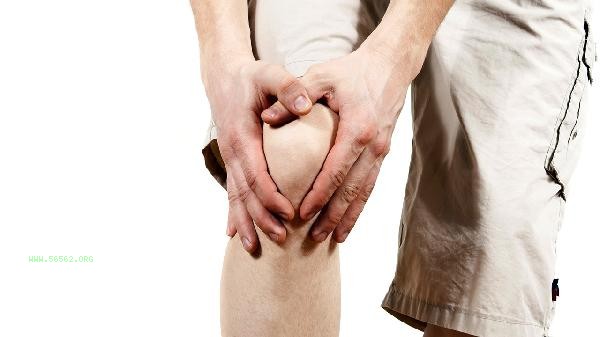
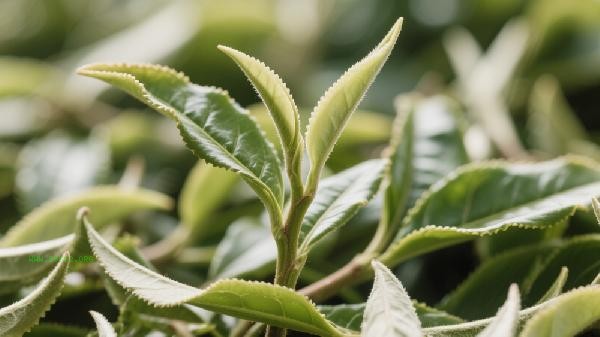
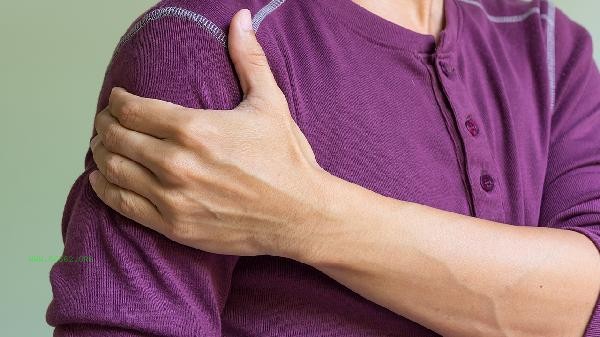


Comments (0)
Leave a Comment
No comments yet
Be the first to share your thoughts!